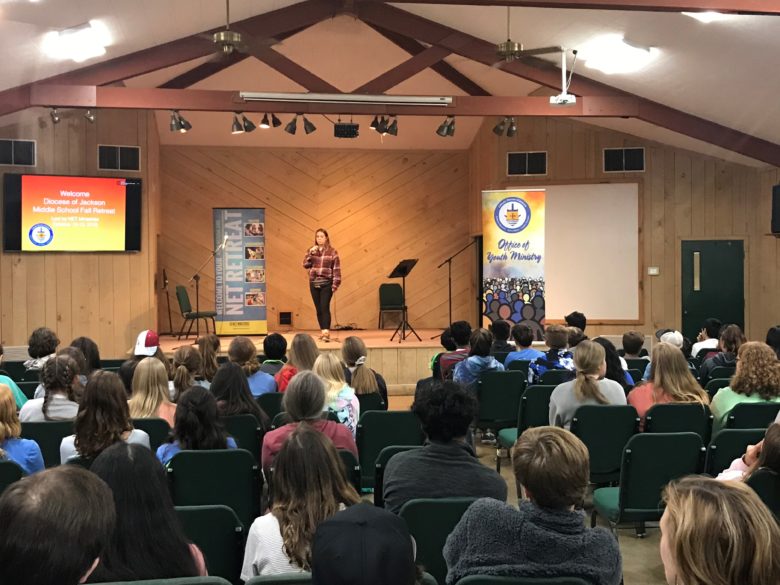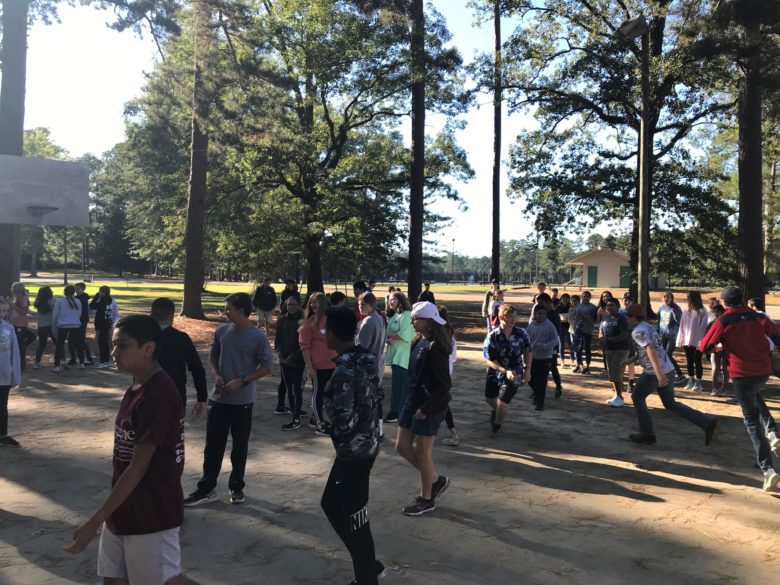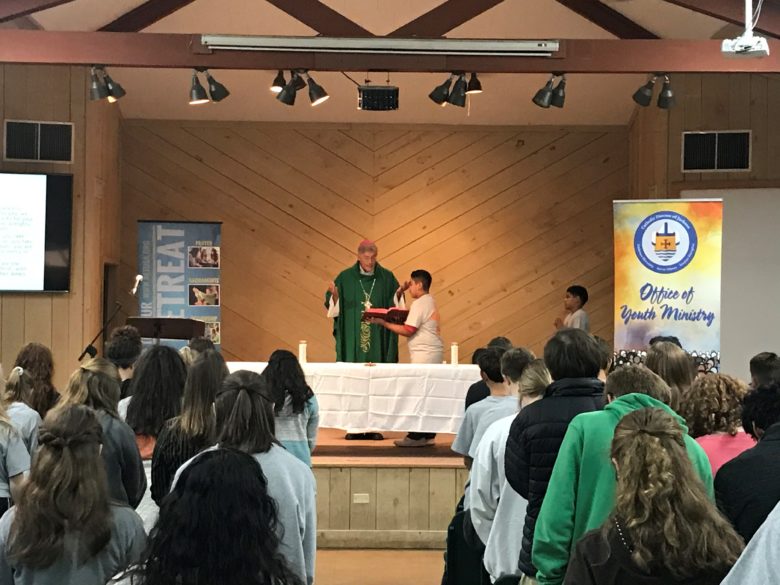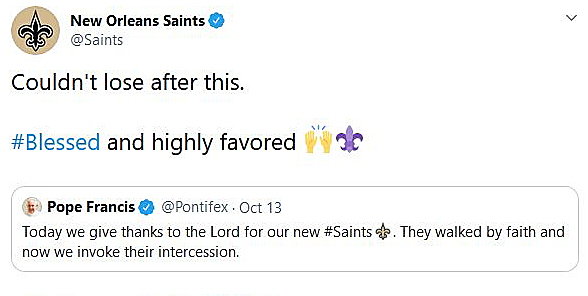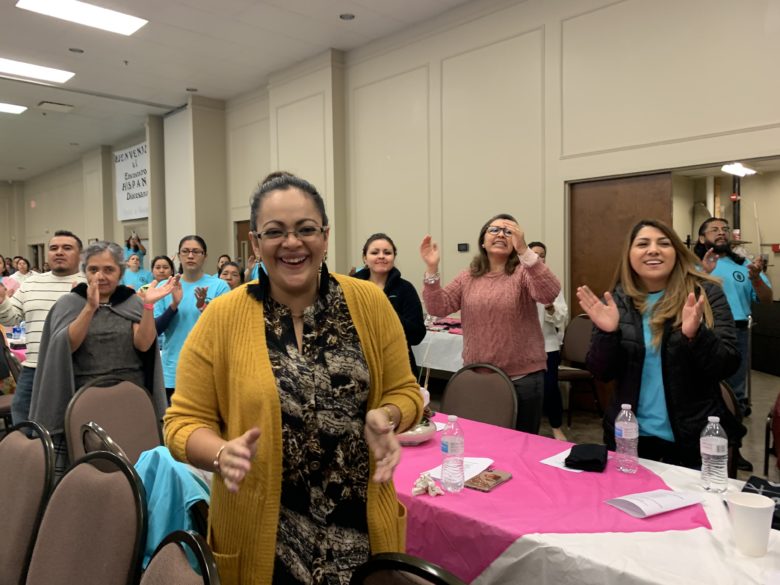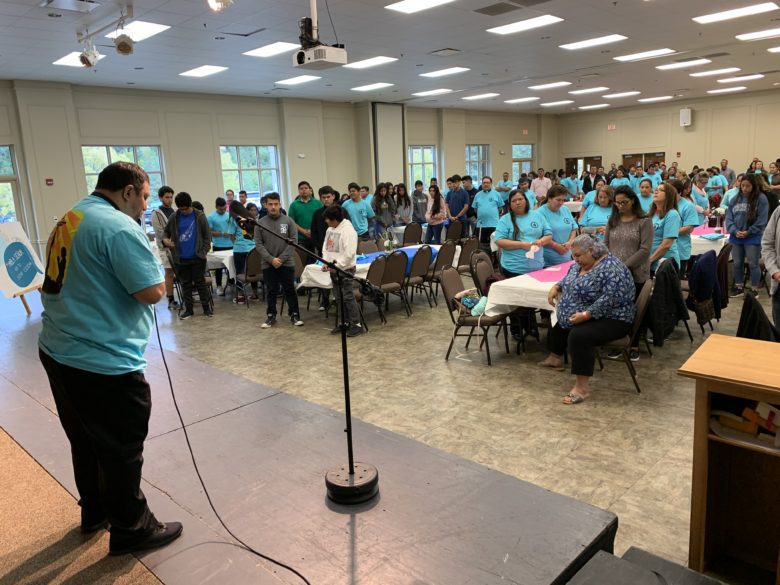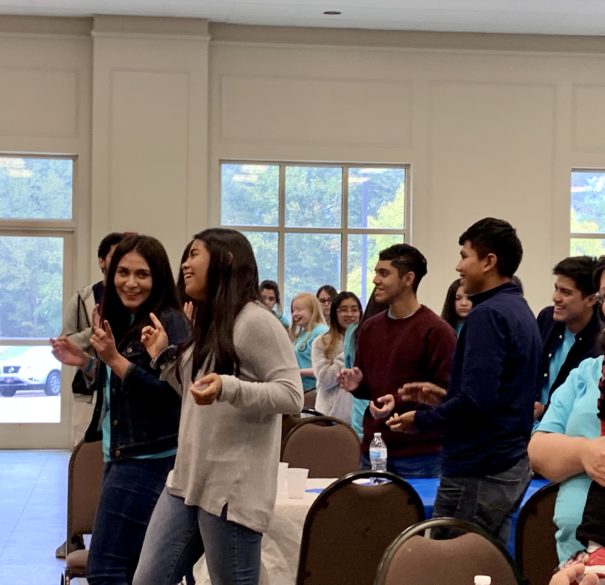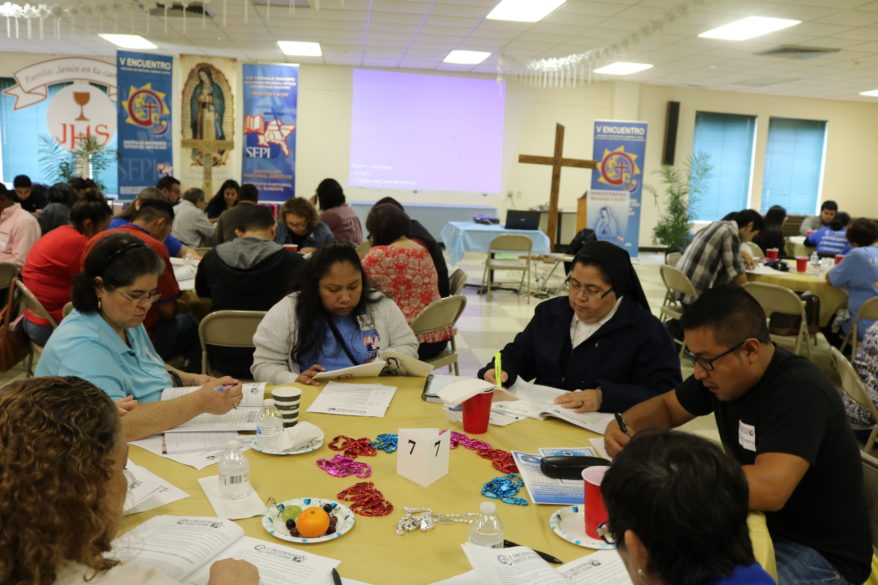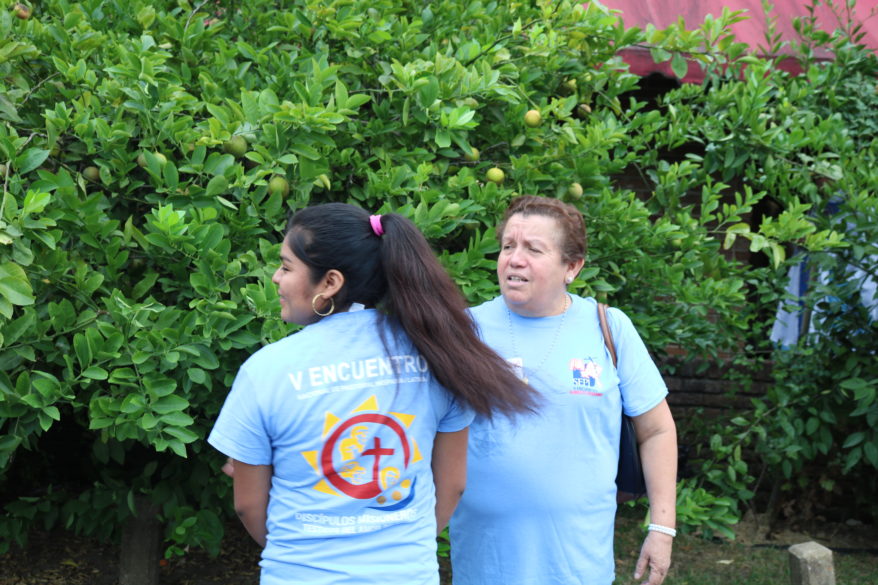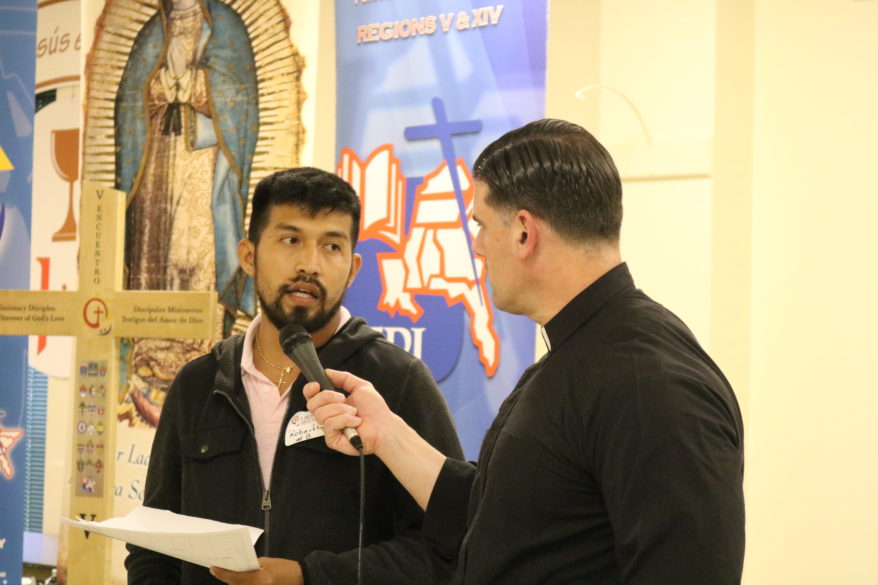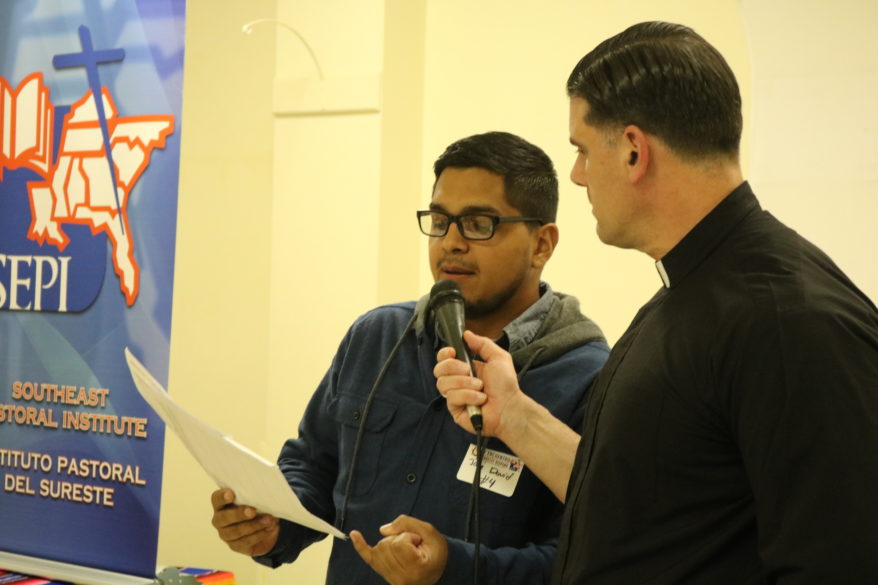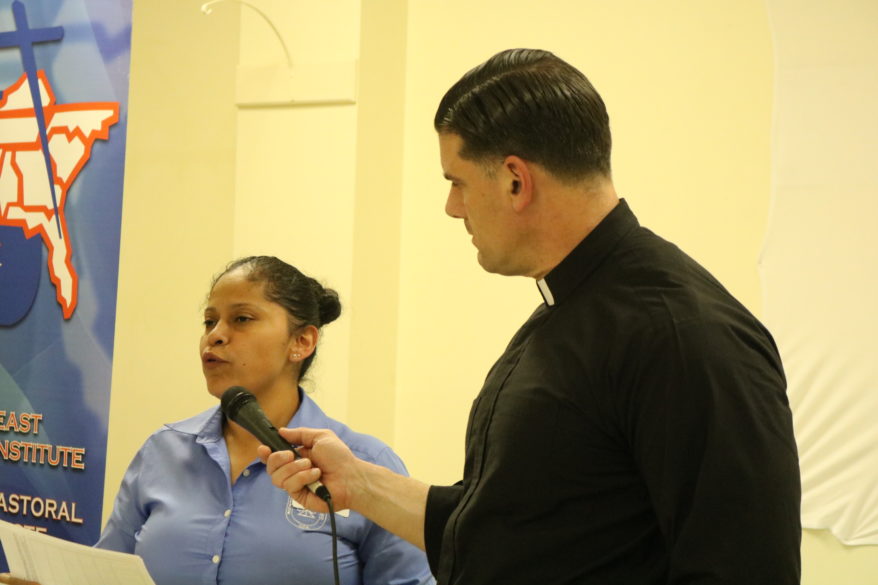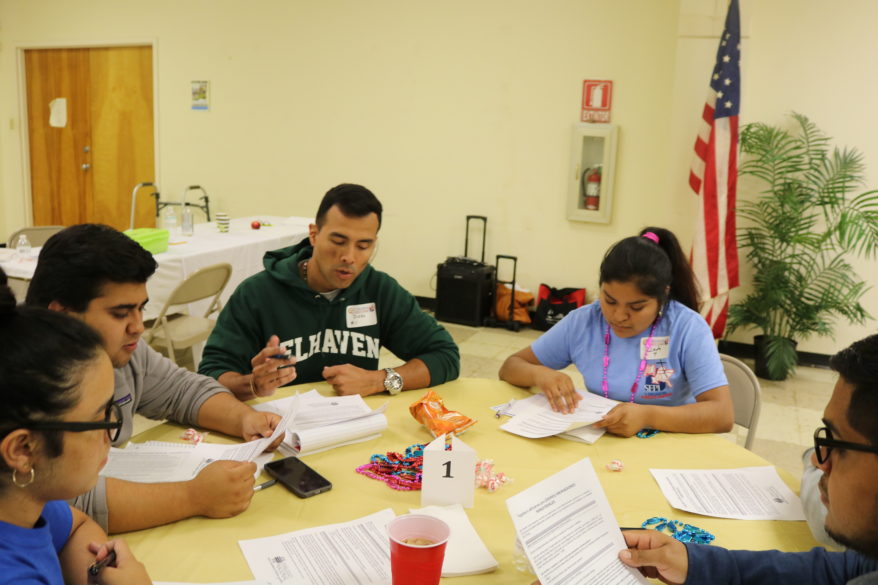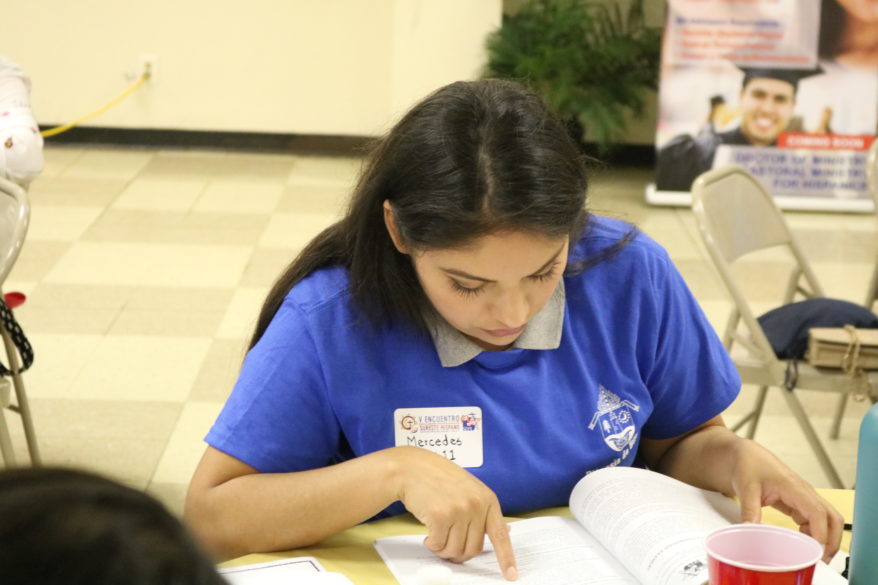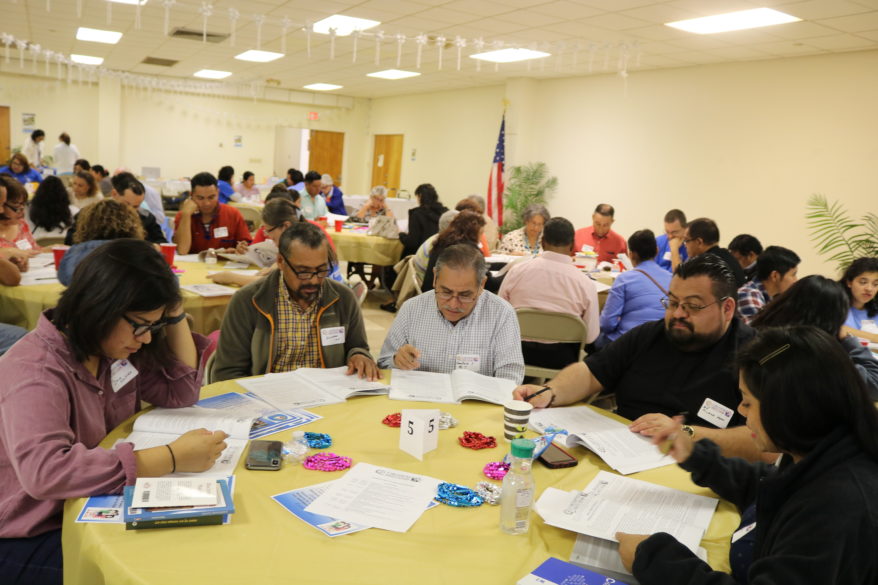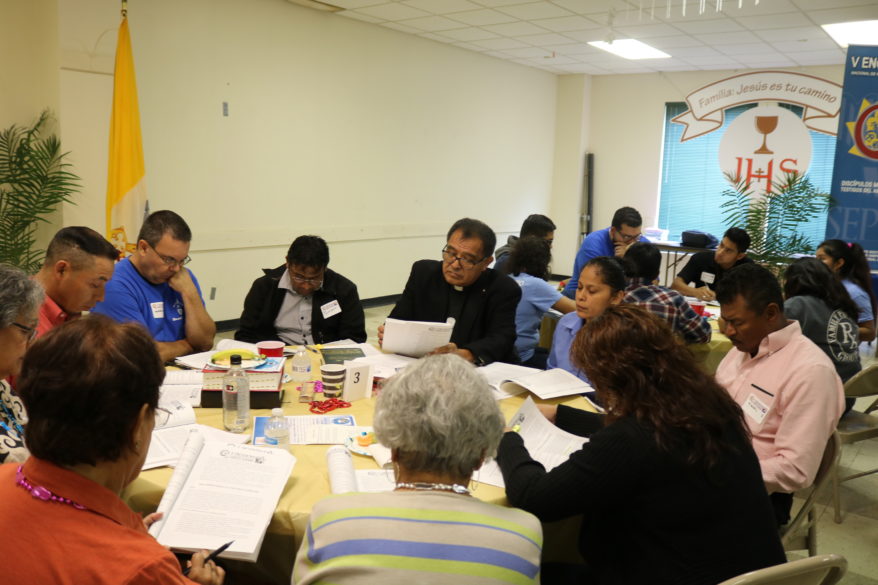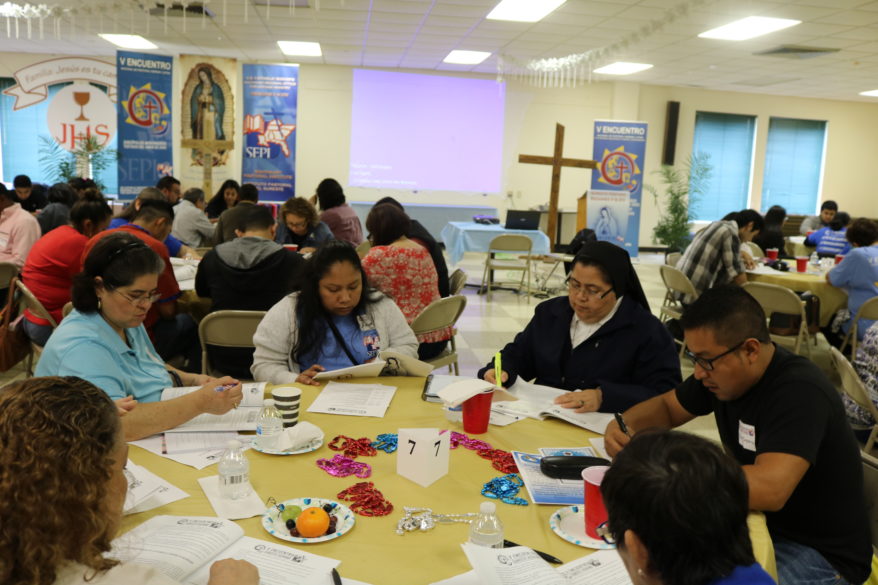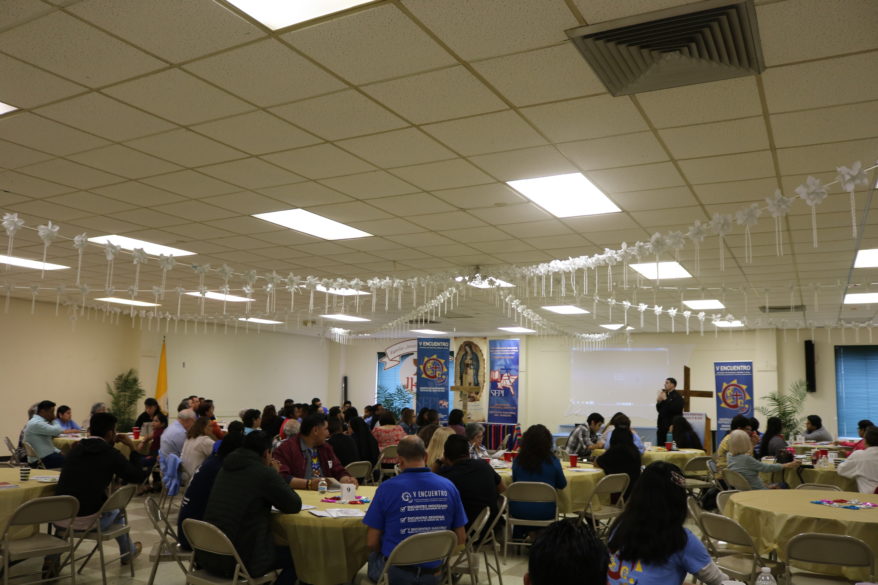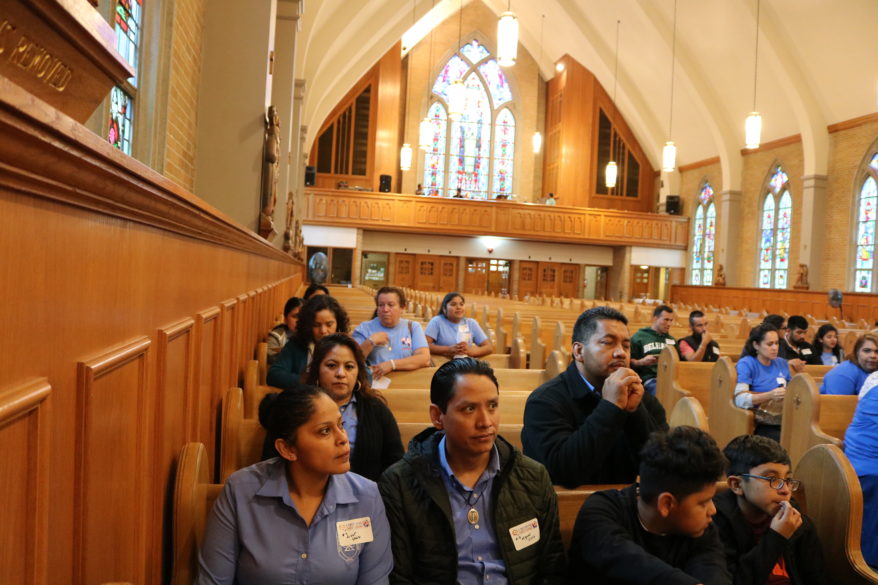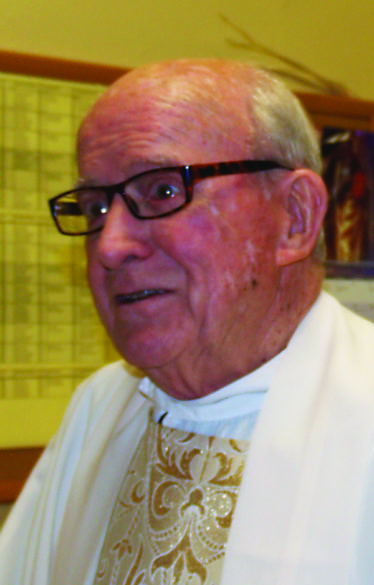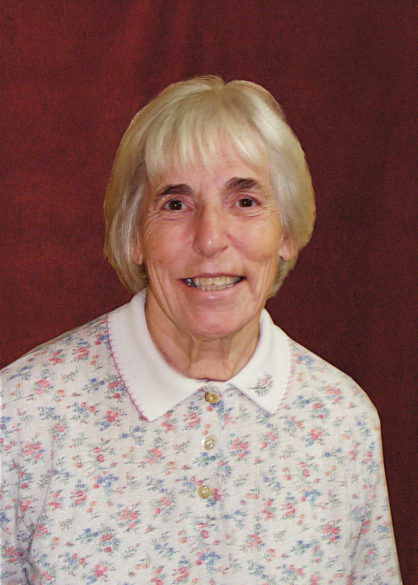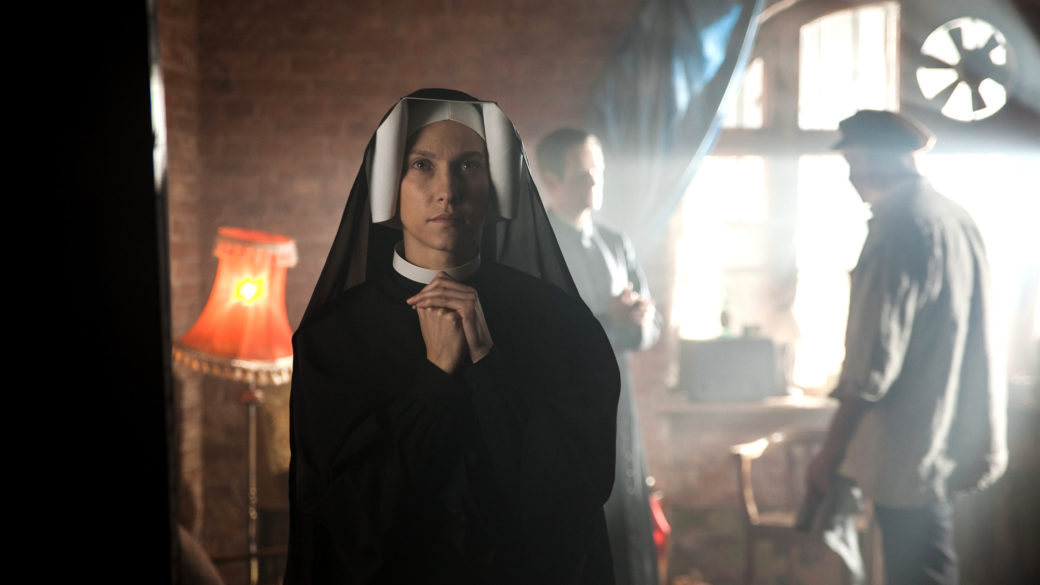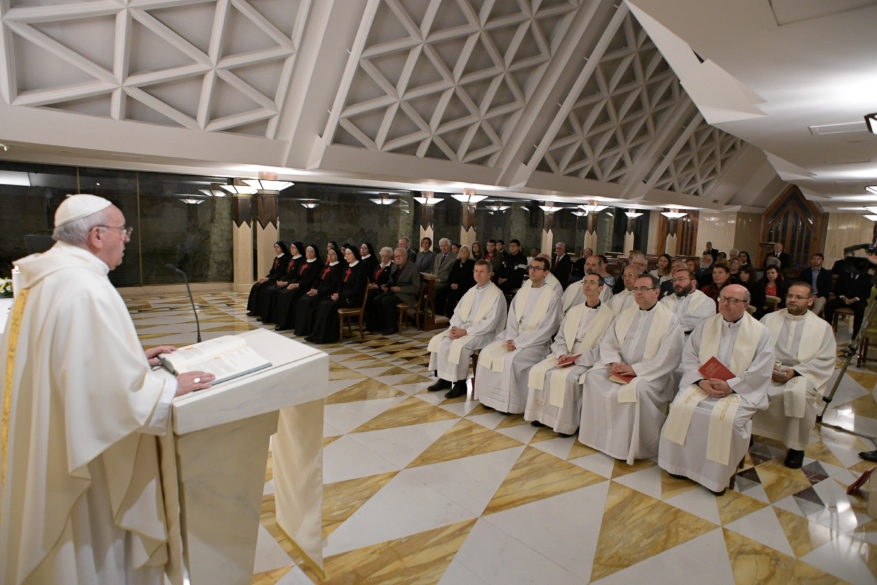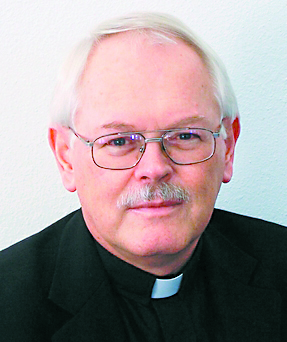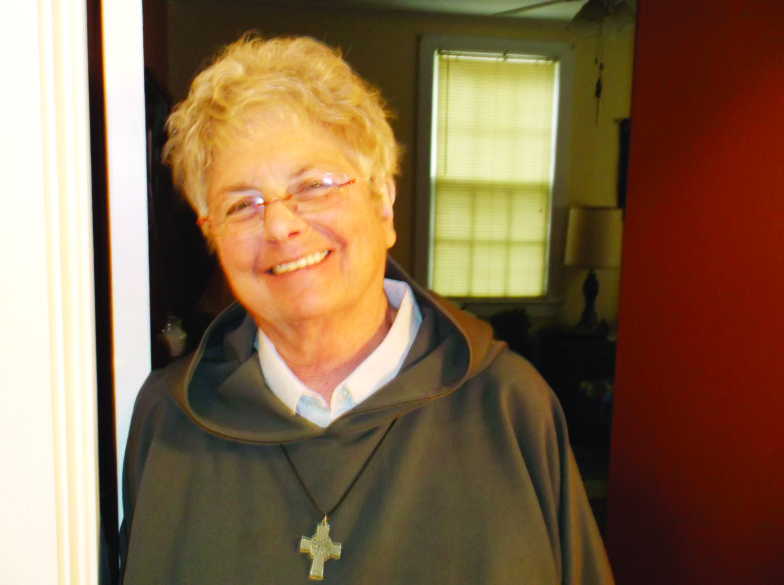CLARKSDALE – The youth director in Clarksdale is still getting settled in his new parish position but has already launched an exciting new ecumenical program that is bringing youth and adults of various faiths and backgrounds together in unity and in the love of Christ.
Meet Derrick Faucheux, youth director of Clarksdale’s St. Elizabeth of Hungary Parish and School and Immaculate Conception. “When I was in Greenwood, North Greenwood Baptist Church would put on this event. I was always impressed with it so I had an idea that we could bring it here,” said Faucheux about the new program “5th Quarter,” taking place after local high school football games and receiving a great deal of attention.
Faucheux arrived to Clarksdale in July with his wife Mary. He is the former youth director of Greenwood’s Immaculate Heart of Mary Parish and St. Francis of Assisi for the past three years. Shortly after arriving in Clarksdale, he met with Todd Bailey, youth director of Clarksdale Baptist Church and Chandler Nail, youth director of Clarksdale United Methodist Church.

Faucheux said the ministers welcomed him with open arms and took him “under their wings” giving him information about the small community of nearly 16,000 in the northwestern region of the diocese and an insight into the needs and opportunities of the youth there. “I’m so appreciative of these guys and the love they have for the youth of Clarksdale. They just don’t care about their individual youth groups but care for all the youth in town,” said Faucheux.
After meetings, discussions and brainstorming sessions, the men came up with the idea to create events throughout the year designed to merge the various youth groups from the different Christian organizations in events and activities. “That is when the idea of the “5th Quarter” came to be,” said Faucheux.
The new program takes place after the local private high school’s Colts take the football field. Lee Academy with its Colts is a private high school with an enrollment of more than 400 youngsters and the football games are a highlight for everyone in town.
Faucheux and the other two youth ministers team up organizing 5th Quarter nights that include an array of activities including sports, food and games. The events are rotated and held at the different church grounds.
The youth event still new has been well attended during football season according to Faucheux with an average of 50 youngsters coming to each event. He hopes that interests will grow as word spreads about the program. “All youth in town are welcome and invited. We have a very diverse group of youth from both the public and private schools.”
Bailey, happy with the success of the program, pointed out that 5th Quarter is twofold. First, it brings youngsters of the community together in fellowship and to enjoy activities in a safe Christian environment with adult chaperones. Parents, volunteers from the various churches and people from the community-at-large are also meeting, socializing and uniting as they get involved to help in efforts. “It’s not about us but about churches coming together to help these kids,” he said.
Jordan Bryant who is a volunteer worship musician believes that “5th Quarter” is unique, helping establish a greater sense of community in Clarksdale and connecting people of all backgrounds and faiths as brothers and sisters in Christ.
“It’s important for the community to come together and put aside the denominational and racial barriers that divide us,” said Bryant. “We must be in one accord in Christ.”
Oct. 25 marks the conclusion of 5th Quarter for this year. The ministers are hoping to bring the program back next year but are also continuing to collaborate and work together throughout the year on other projects. Nail is challenging members of his United Methodist Church and other citizens of the community to get involved. “We need to let down our own barriers because in the end we worship the same God,” Nail said.



